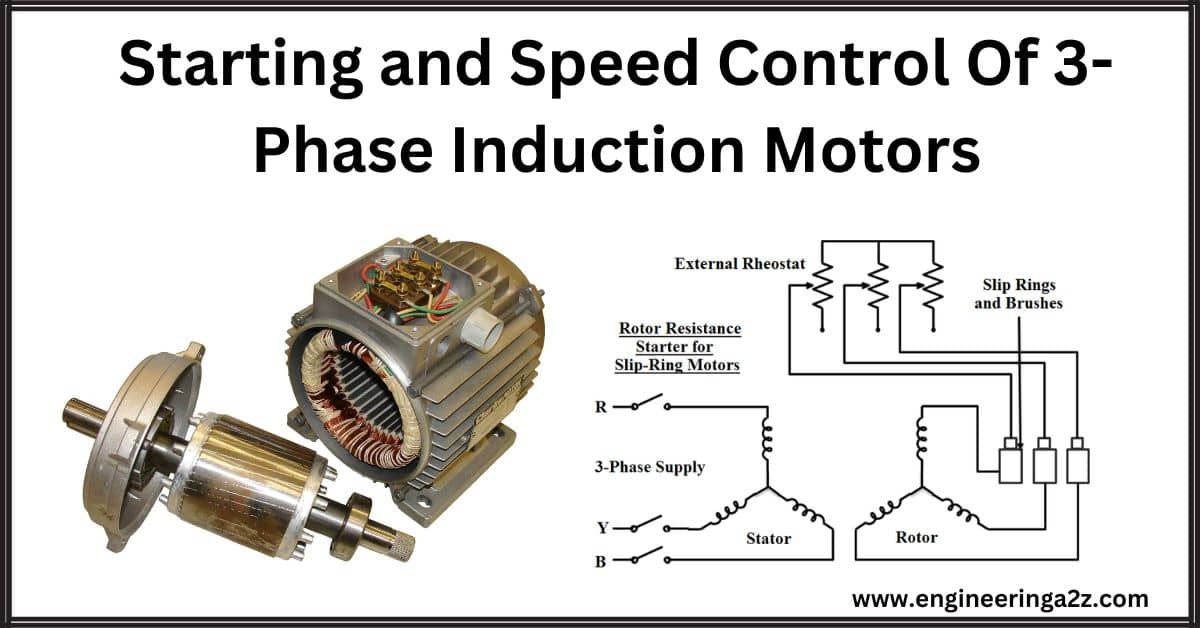Starting and Speed Control Methods of 3-Phase Induction Motors
Introduction A three-phase induction motor has a kind of electrical "resistance" when it starts, which…
Motor Braking | Types, Advantages, and, Applications
Introduction Electric braking provides a more consistent and controlled way to rapidly stop a running…
Losses and Efficiency Of D.C. Machines
Introduction Electric machines transform energy. Motors change electricity into motion, while generators turn motion into…
D.C. Machine | Types, Losses, and Applications
Introduction DC machines come in two main types: DC motors and DC generators. They're a…
Discharge Lamp | Classification and Characteristics
Discharge Lamp Incandescent lamps have a very low lumens output. Moreover, they give yellow light,…
Power Quality | Sources Of Pollution, Need, and Effects
Introduction Power quality refers to how close the electrical voltage is to its ideal state…
Total Quality Management | History, Importance, and Characteristics
Introduction Total Quality Management (TQM) involves comprehensive endeavors across an organization to create a lasting…
Energy Conservation | Principle, Importance and Its Benefits
Introduction Energy conservation means using less energy by being smarter with how we use it.…















Comments